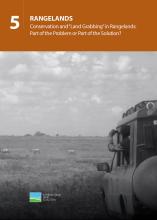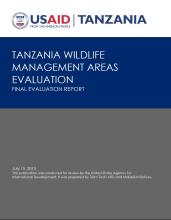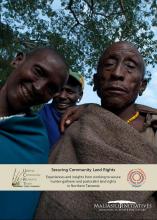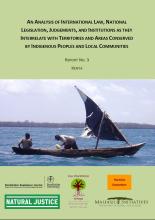Land Library
Welcome to the Land Portal Library. Explore our vast collection of open-access resources (over 74,000) including reports, journal articles, research papers, peer-reviewed publications, legal documents, videos and much more.
/ library resources
Showing items 1 through 9 of 52.This report presents final findings from the baseline data collection exercise conducted for Global Framework for Climate Services (GFCS) Adaptation Programme in Africa.
Large-scale land acquisitions have increased in scale and pace due to changes in commodity markets, agricultural investment strategies, land prices, and a range of other policy and market forces.
This study represents an initial attempt to assess patterns of displacement related to droughts in selected countries of the Horn of Africa, specifically the border regions of Kenya, Ethiopia and Somalia.
Pastoralism is a global phenomenon. In Africa, where 66 per cent of is used for pastoral production, it is recognised as part of the continent’s cultural heritage.
The increasing importance of the Wildlife Management Areas (WMAs) in Tanzania, where 17 WMAs are now functioning and 22 others are in various stages of development, begs the question of what successes have been achieved and what challenges remain to be addressed if this Community-Based Conservati
The interfaces between high-altitude rangelands and other ecosystems in the Hindu Kush Himalayan region such as forests, wetlands, and agricultural land are suffering from degradation, desertification, and soil erosion, which are further aggravated by climatic and anthropogenic factors.
Through the analysis of newspaper articles and a survey of journalists, this publication identifies gaps and highlights differences in how the media portray pastoralism in Kenya, China and India.
In this publication two pioneering grassroots organisations from northern Tanzania examine and present their experiences and insights from their long-term work to secure the land rights of hunter-gatherer and pastoral communities.
Across the world, areas with high or important biodiversity are often located within Indigenous peoples’ and local communities’ conserved territories and areas (ICCAs).





